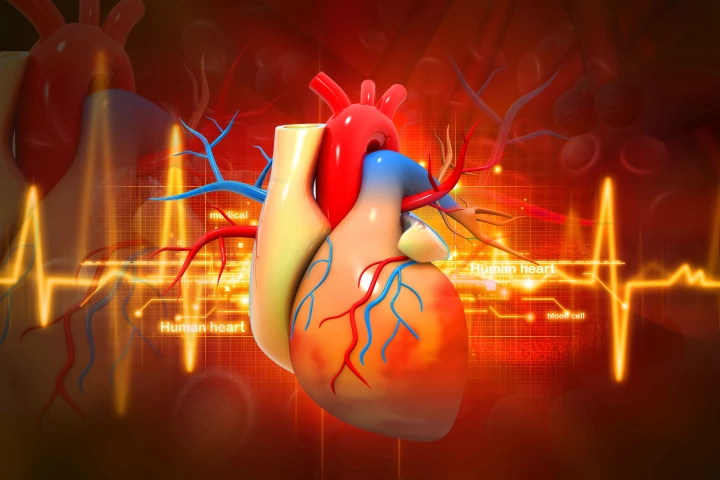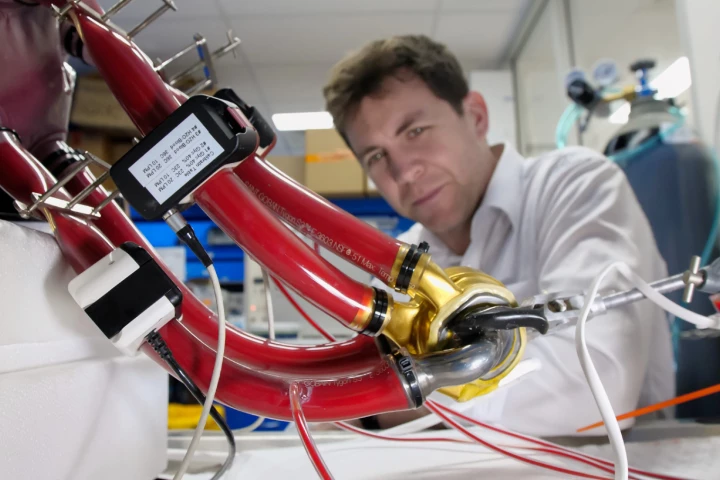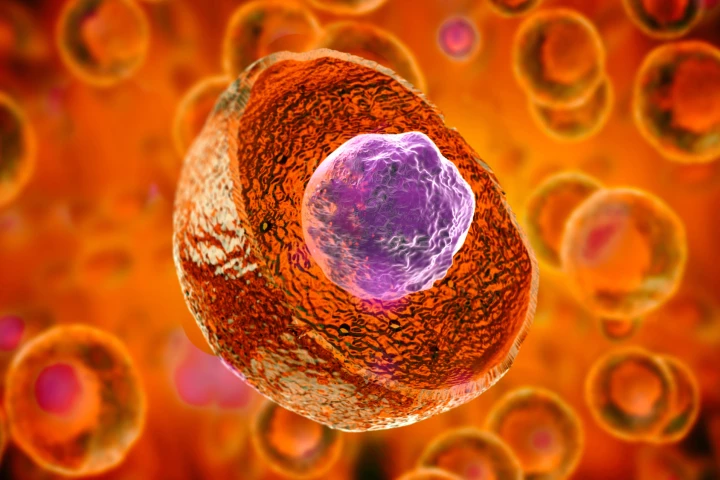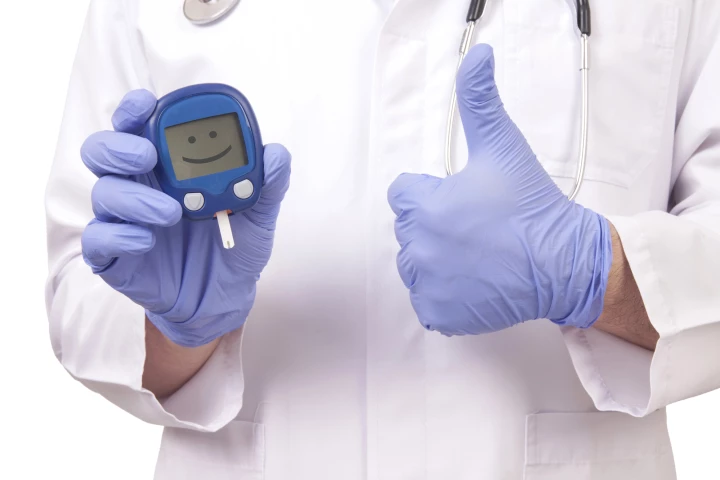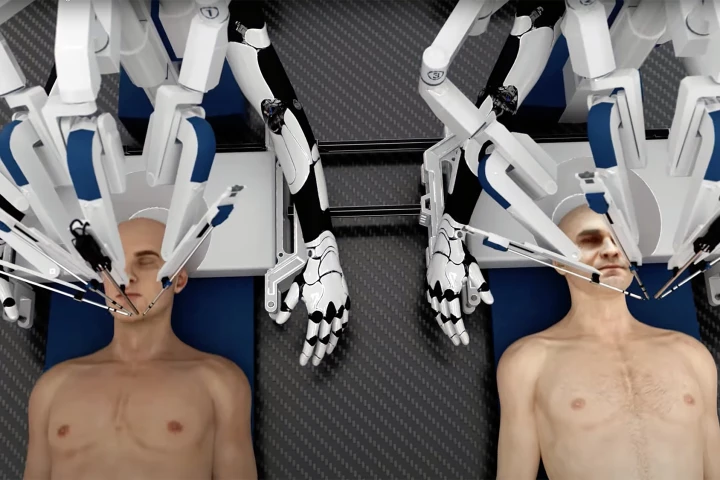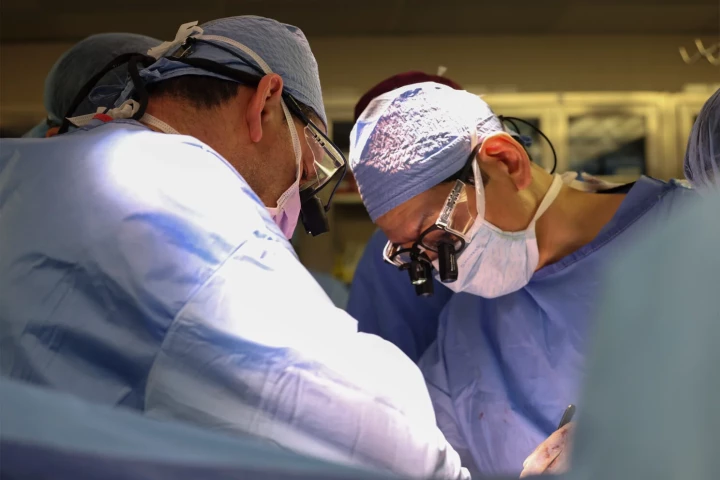Transplant
-
For the first time, surgeons have successfully performed a heart transplant in which the donor organ never skips a beat, limiting muscle damage and improving acceptance and recovery. It ushers in a new era of our approach to this lifesaving operation.
-
A man has lived for more than 100 days with a maglev heart beating inside his chest. In a landmark moment, he was discharged earlier this year, becoming the first person in the world to leave the hospital with the device embedded in his body.
-
Transplanting insulin-producing cells along with engineered blood-vessel-forming cells has successfully reversed type 1 diabetes in a new preclinical study. With further testing, the novel approach could one day cure the as-yet incurable condition.
-
Researchers have created a way to guide and control the development of stem cells into specific tissues and organs, opening the door to developing a means of one day tackling complex diseases like diabetes and Parkinson’s disease.
-
A patient with type 1 diabetes has been functionally cured of the disease, requiring no insulin doses for over a year. The treatment involves growing and transplanting new insulin-producing cells from the patient’s own stem cells.
-
Implanting a pouch of pancreas cells under the skin of type 1 diabetics has enabled them to live without insulin injections for years according to the results of a clinical trial. It’s a big step towards a functional cure for the disease.
-
As hydrogen-powered vehicles continue to evolve, their use will become as niche as that of some current land-, sea-, and air-transportation methods, such as a new agreement that will see helicopters powered by the green fuel used for organ transport.
-
More than 15 million Americans are putting their liver at serious risk, simply by trying to better their health. New research has revealed the extent of the damage caused by overuse of six supplements including turmeric, green tea and ashwagandha.
-
For the first time, the fully mechanical heart made by BiVACOR, which uses the same technology as high-speed rail lines, has been implanted inside a human being. The feat marks a major step in keeping people alive as they wait for heart transplants.
-
In what sounds more like the opening scene from a B-grade sci-fi/horror flick, head transplant operations performed entirely by AI-robot surgeons could be coming to a hospital near you within a decade, if startup BrainBridge is to have its way.
-
The first successful transplant of a genetically modified pig kidney into a human recipient is still being regarded as a medical milestone and success – even though the recipient, Rick Slayman, suddenly passed away over the weekend.
-
A genetically edited pig kidney has been successfully transplanted into a living patient for the first time. Reports indicate the man is doing well a few weeks on, raising hopes for a wider pool of donated organs in future.
Load More
